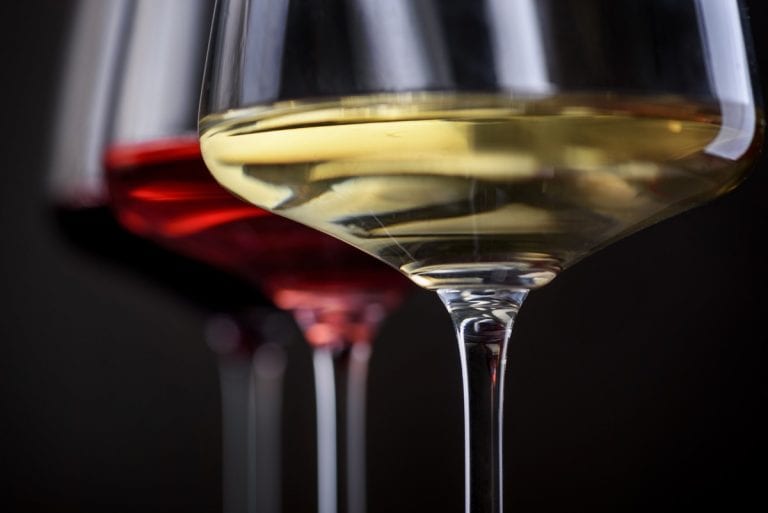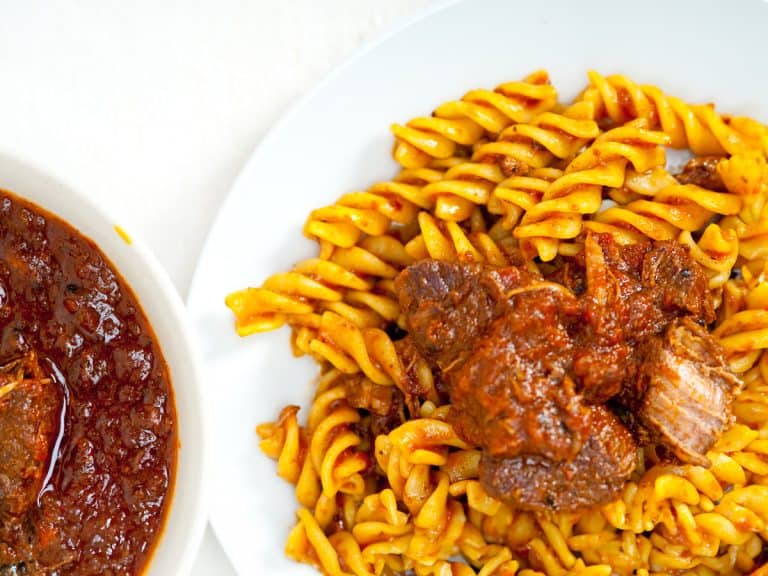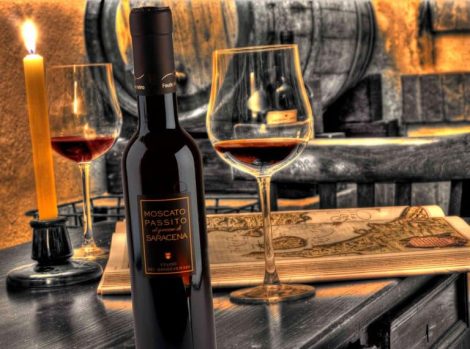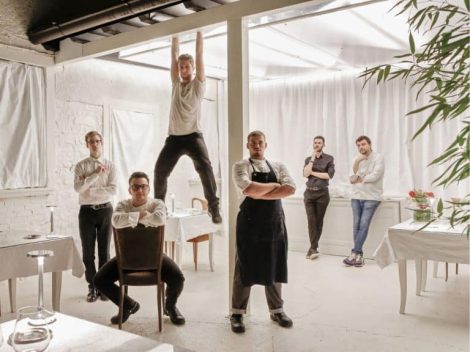Villa Sandi Contemporary Wine List Award
The Villa Sandi Contemporary Wine List Award is the prize we reserve for the most current, brilliant and user-friendly wine lists in our Top Italian Restaurants guide, dedicated to the best of Italian dining in the world. While waiting to resume awarding venues around the world, we're offering an educational journey through the multi-colour 'Jurassic Park' that is Italian viticulture. We're proposing a series of themes, with practical advice and suggestions, published every two weeks on our international website www.gamberorossointernational.com
Let's start from the wine list. What constitutes a winning wine list today? What is changing? Certainly, an encyclopedic wine list is no longer necessary, but a reasoned selection, overcoming the widely consolidated rule that markups serve to cover many other of the venue's cost items. Meanwhile, the menu must have a philosophy in contact with the cuisine and the soul of the place. The wine list has two main contacts with which it must know how to communicate: the kitchen and customers' pockets.
How to build a wine list
Thus we have identified 5 main directives to properly evaluate a wine list. Let's see them, point by point.
-
Identity
First of all, a wine list must possess identity, character, its own connotation. It must absorb and bring back flavours, research and passion of those who drafted it. A wine list with a couple of clearly identifiable strengths is appreciable, whether they are bubbles from beyond the Alps or Italy, a crush on Ligurian whites or an obsession with nebbiolo. Regional lists can also be outdated, considering how oftentimes a number of references are not functional to the project but seem rather included just to have them and tick certain boxes. Like that friend who gets called at the last minute for the buddy soccer game just to have enough players on each team. New filters can reorder the wine list by style, variety, occasion, and so on. Let's remember: a wine list has character if it can stay alive, staying up to date with healthy turnover and brave choices.
-
Structural coherence
A wine list can furthermore exude character and identity but if it doesn't have organic coherence it becomes a useless, expensive object. To be available for consultation and immediate reading, it must respect an internal order, starting with the mandatory presence of the following fields, preferably in the following order: denomination, name of the wine, vintage, winery. Structural coherence also means homogeneous markups in each wine type.
-
Ability to pair
It's important to have a strong link between the proposals of the kitchen, the choice of ingredients and the selection of labels: a territorial, artisanal reasoning, of taste assonance, of contrast, of balance, etc. Remembering that wine must be an ally of the dish, therefore we seek: drinkability, freshness, integrity, acidity. There are great wines - truth be told, in the past here at Gambero Rosso we've awarded far too many - that struggle at the table. A half-finished bottle is an insult against the sommelier, just like a dish sent back to the kitchen is for a chef. Therefore, it's important to focus on gastronomic wines par excellence, like refreshing bubbles but also sharp whites and light and pointy reds. Think of the lightness of Grignolino, the acid touch of a Barbera or a wildcard such as Cerasuolo or Frappato.
-
Surprise effect: playfulness
Something unpredictable, not necessarily a Biondi Santi Riserva 1955 or some other oenological monument. Equally surprising is a rare format on some niche wines, old vintages of wines usually consumed young but that are reliable (in regards to whites in Italy it's big game at big and low prices, think of Verdicchio or Fiano); or a 500-bottle rosé, some foreign gem to give international breath to the wine list. In short, include something that's not very accessible in ordinary life, something that creates expectation and narration. Perhaps enriching the wine list with a proposal of the day that sits outside the volume, designed precisely to pair with specials recited at the table.
-
A contemporary proposal by the glass
Offering wine by the glass is the best way to present oneself. A white, a red and a good bubble cannot be missing. The ten-course menus with ten wine pairings are ancient history, there is no need for an exaggerated wine list. On the contrary 3-5 wines chosen with intelligence will invite the customer to go further, who will eventually go on to ordering a bottle. These must be fresh, sharp, airy wines, capable of making customers hungry and stimulating the mouth at best. We close with the Coravin option, a diabolical tool that quintuples the surprise effect mentioned in point 4. For a restaurant with a deep wine cellar, Coravin offers something unique. You've been waiting for this dinner for months, and you're offered a 2001 Pergole Torte by the glass? Danger for the wallet!
by Lorenzo Ruggeri


 Neapolitan or Bolognese? The (tomato-free) history of the two ragùs that divide Italy
Neapolitan or Bolognese? The (tomato-free) history of the two ragùs that divide Italy Dom Perignon for dogs and sleepless rock stars: the bizarre requests to the world’s best hotel manager
Dom Perignon for dogs and sleepless rock stars: the bizarre requests to the world’s best hotel manager The oil always moves north, reaching England. How the map of olive trees is changing due to climate change
The oil always moves north, reaching England. How the map of olive trees is changing due to climate change The Nobel Sandwich we tried at CERN, just steps from antimatter
The Nobel Sandwich we tried at CERN, just steps from antimatter The two young talents from Gattinara revolutionising Italian cuisine
The two young talents from Gattinara revolutionising Italian cuisine






